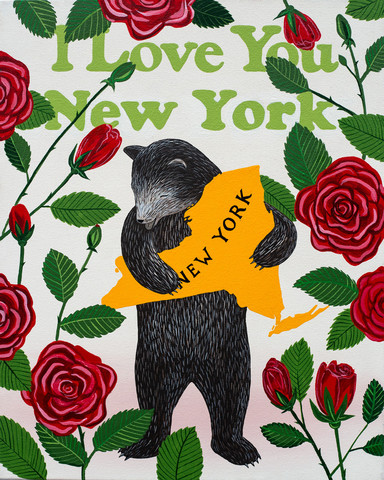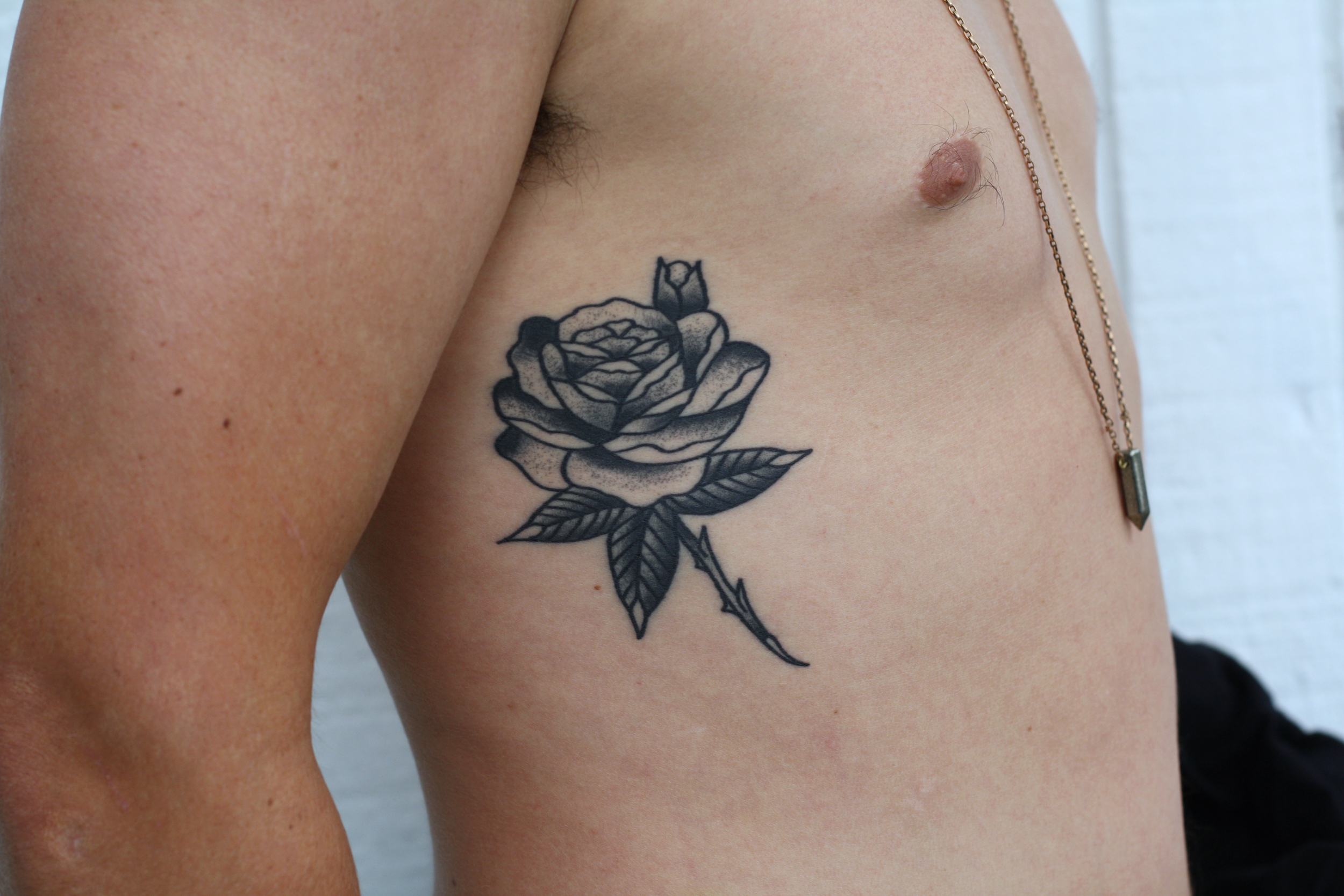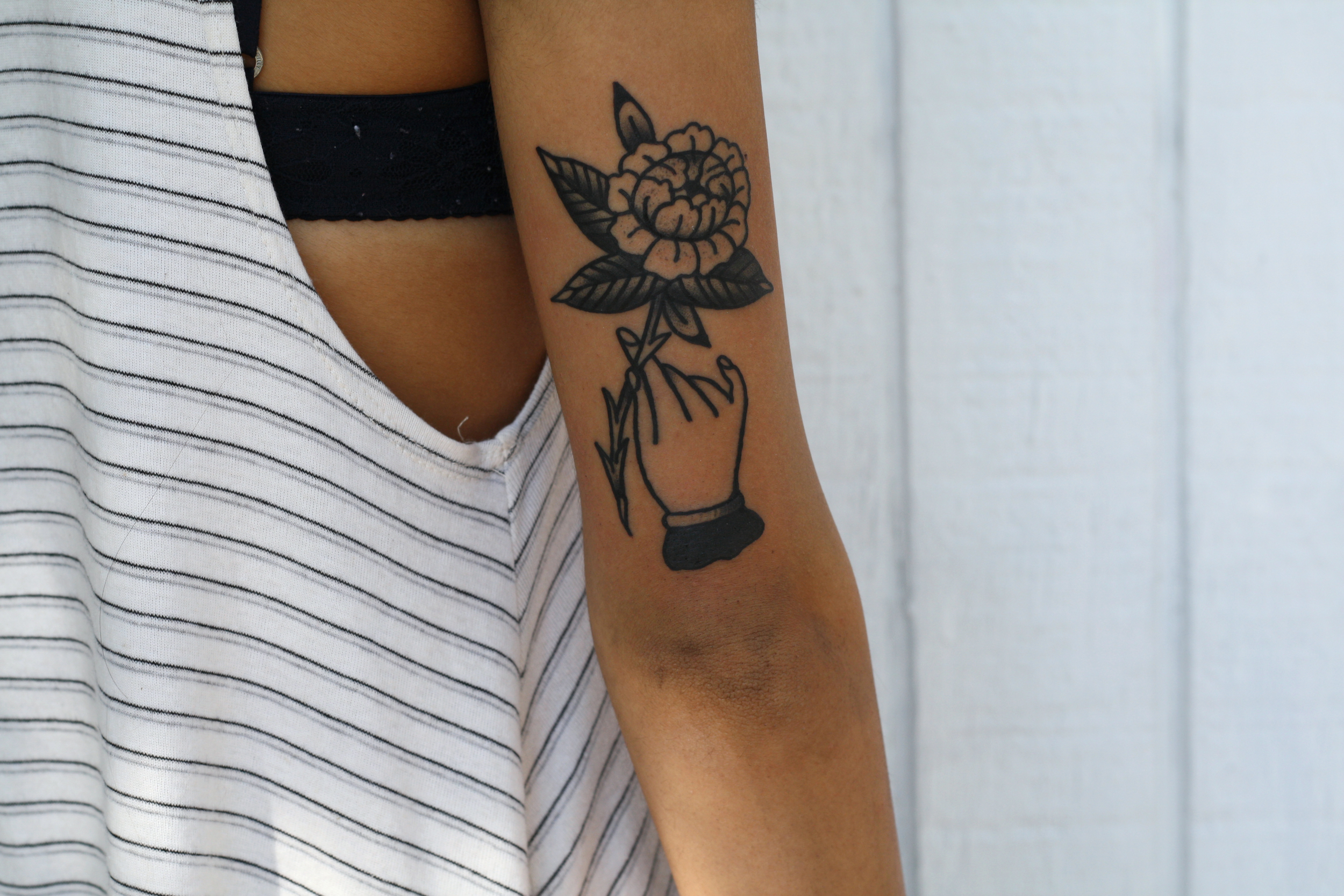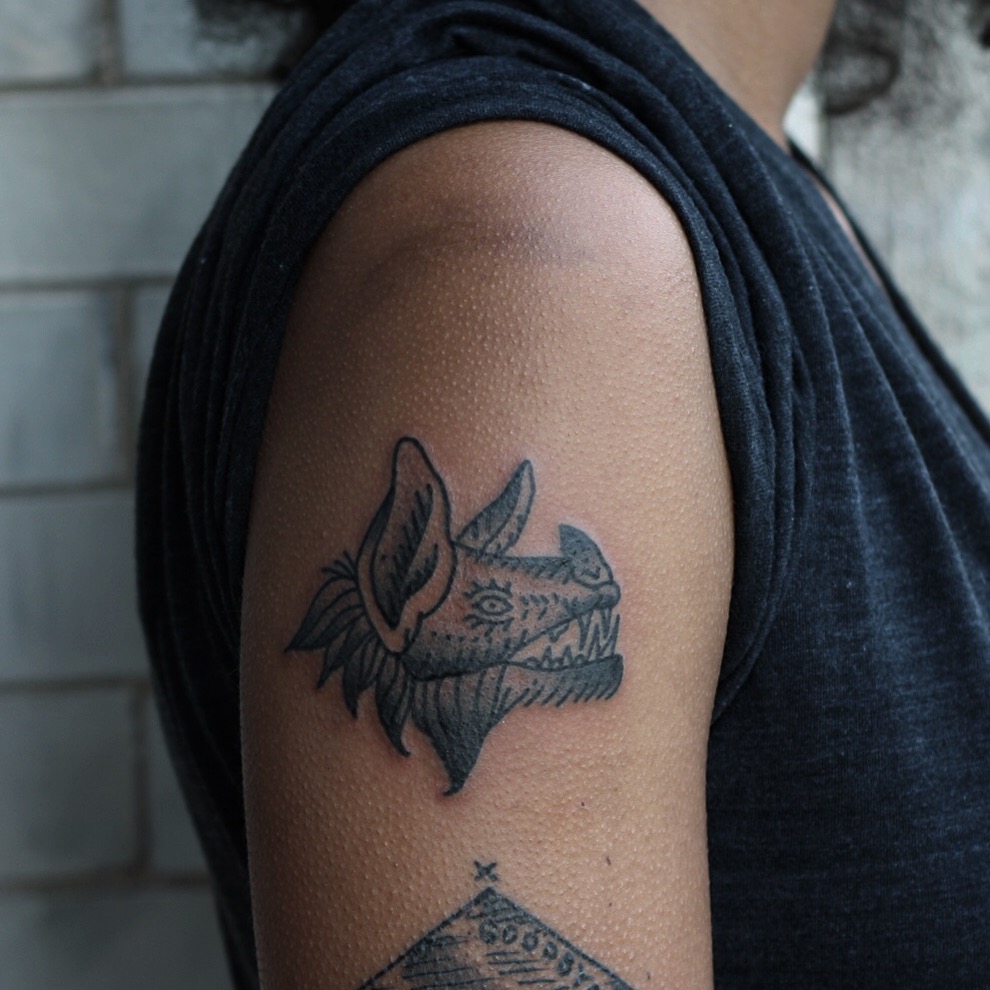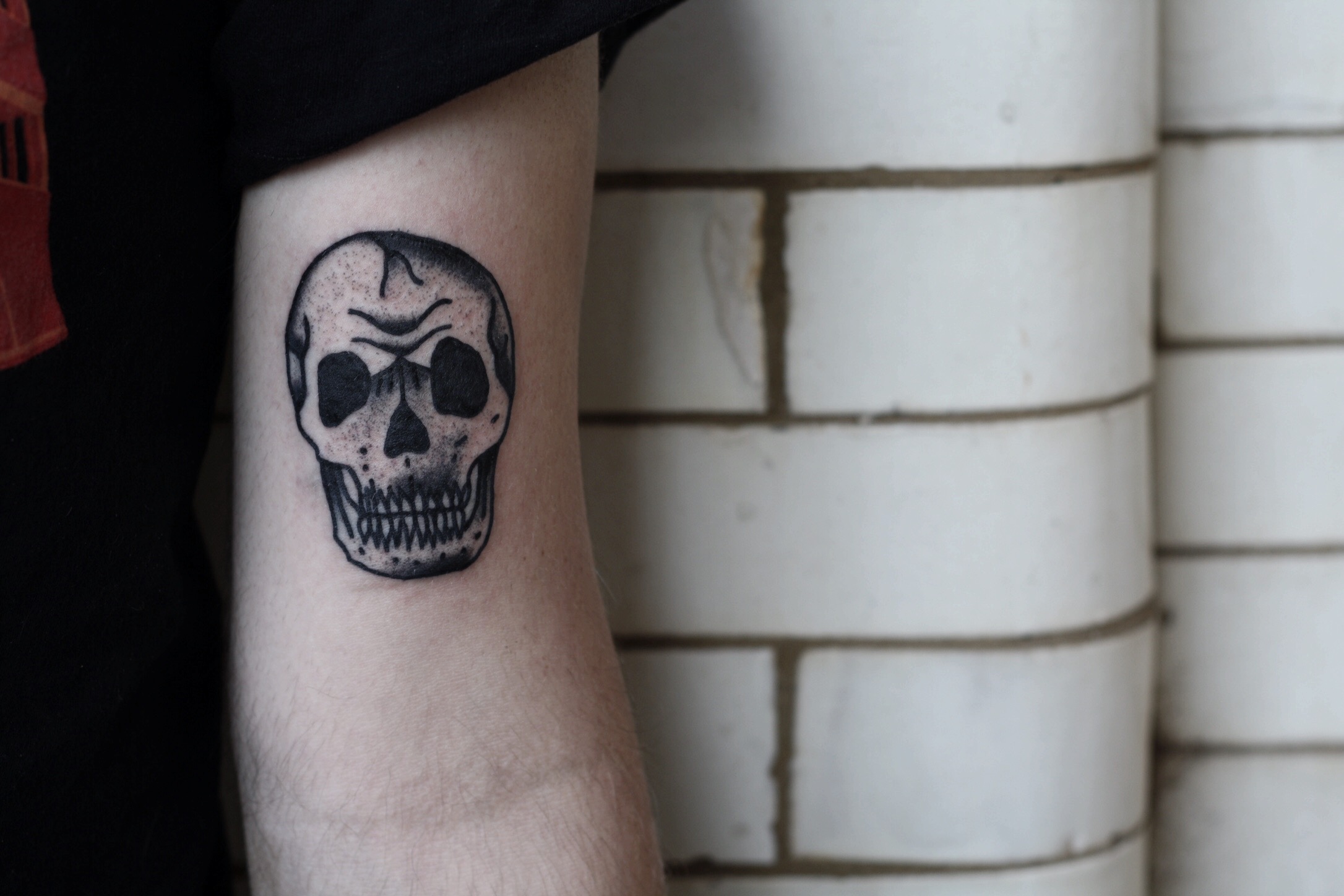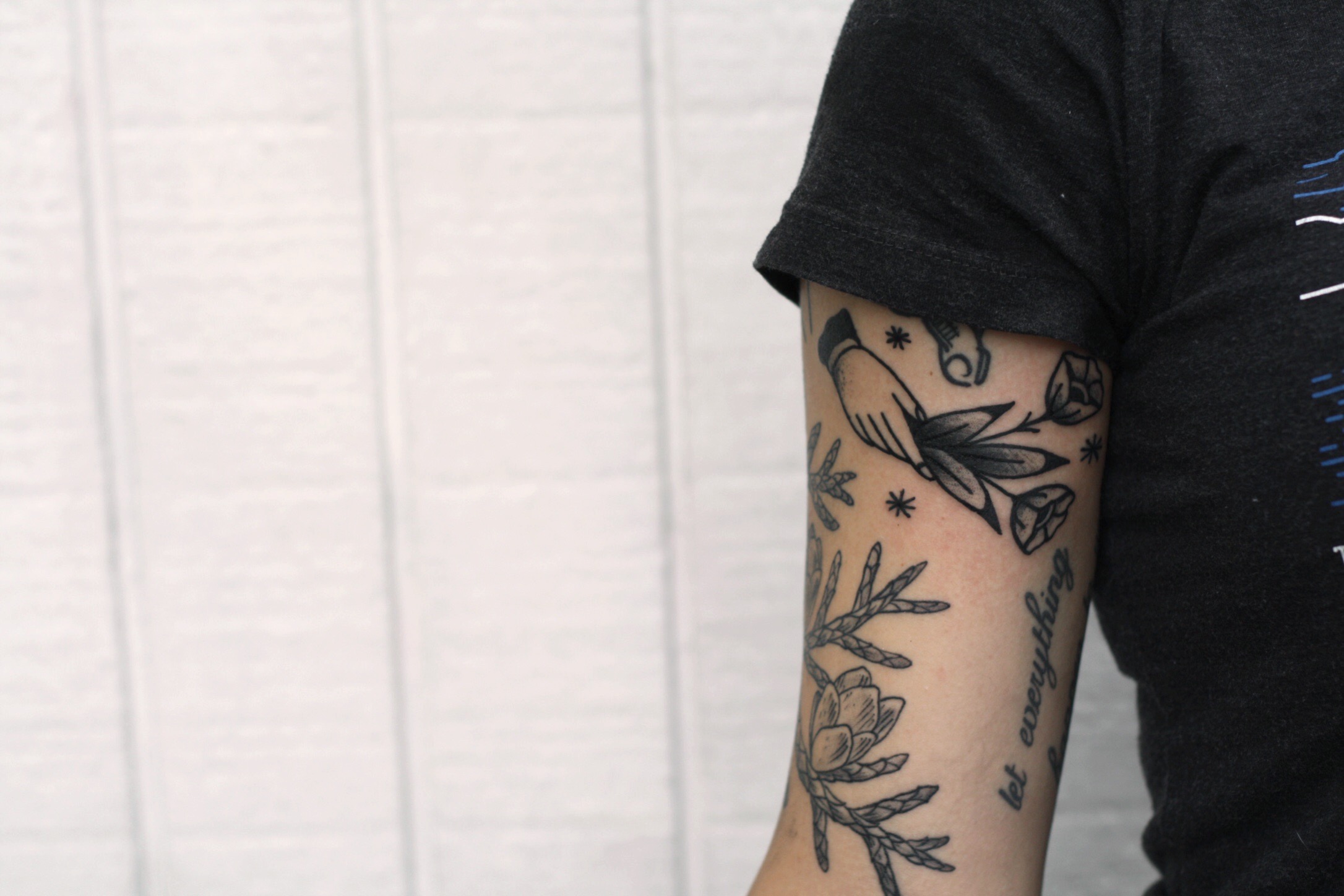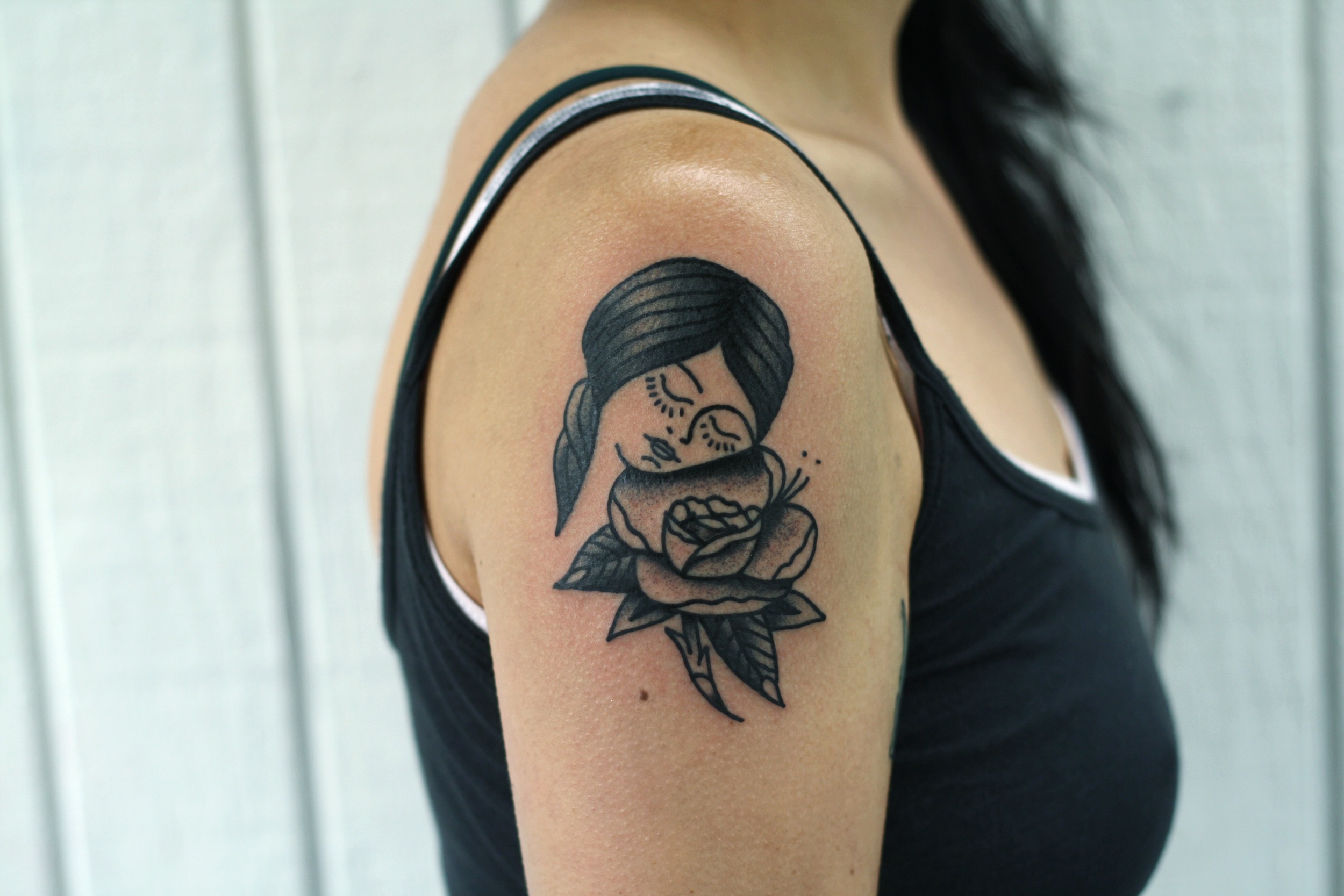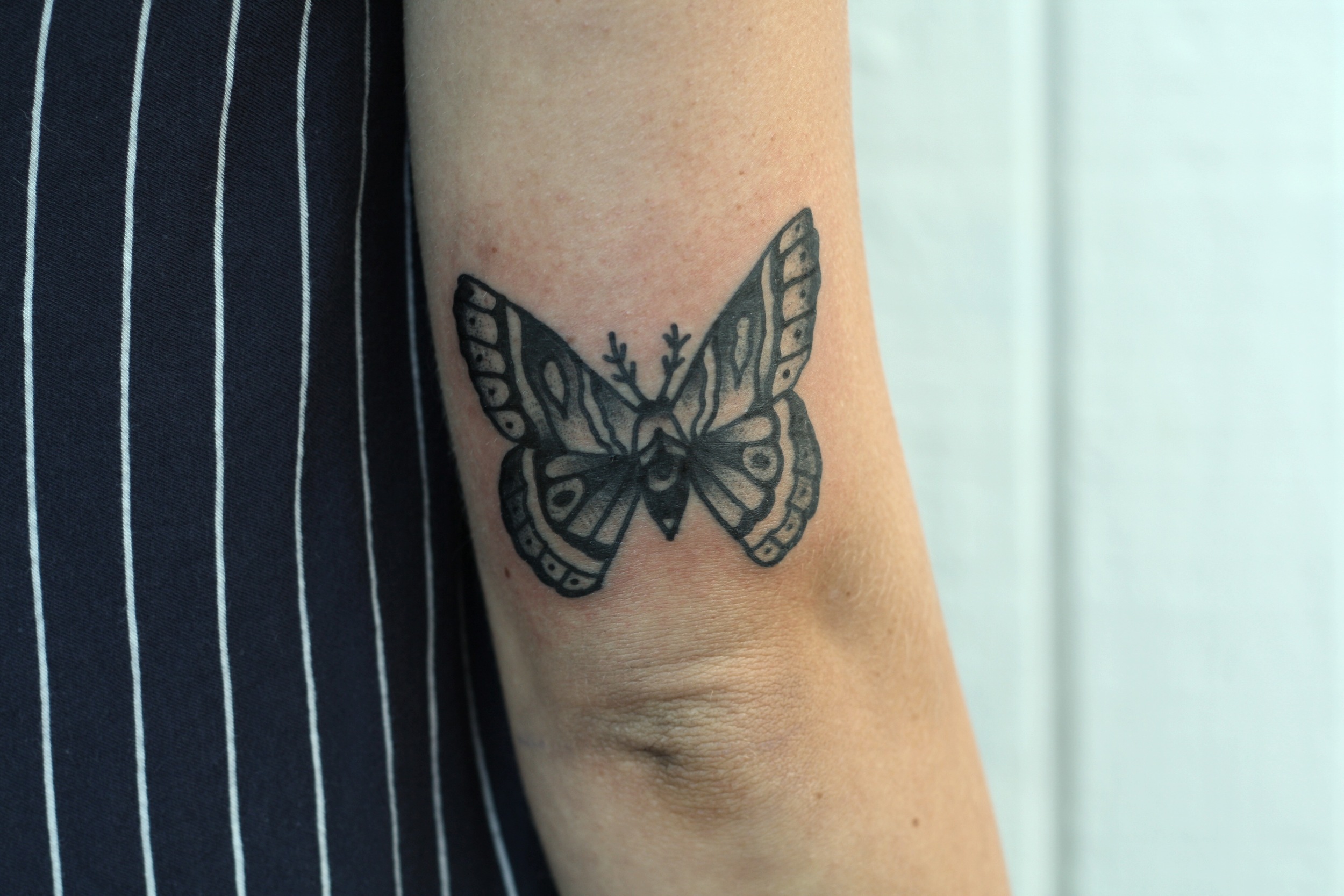States of Love
Stay Wild
3 Fish Studios was founded by two of the sweetest humans you’ll ever meet. Eric Rewitzer and Annie Galvin. Printmaker and painter. Husband and wife.
Their studio is in Stay Wild’s favorite San Francisco neighborhood in the Outer Sunset called Ocean Beach (not San Diego’s Ocean Beach). The waves are very rideable (by cold water standards), the sidewalks are very skateable (cracked and sandy), and the people are very talkable (crazy talkable). It’s the perfect environment for a studio that nurtures creativity and helps people resist perfection. But don’t take our word for it, hear it from one of the fish’s mouth (Eric's mouth):
The 3 Fish name comes from Annie’s Irish family crest, which also has the phrase “By Industry We Prosper” on it. Have those 3 Fish come to represent something different as the years have gone by?
People sometimes ask us who the third fish is, assuming we are the first two fish—which is a funny assumption if you think about it. We didn’t start out self-identifying as fishes, but as the years have gone by, we have embraced the association. Annie is a salmon. Eric is a trout. Sometimes we say the third fish is Orlie, our wonderful assistant who has been with us for more than two years (she’s a guppy). But more likely the third fish is San Francisco, or our creative community, or the ocean, or the redwoods.
Was 3 Fish Studios born from love?
Yes, love had a lot to do with it. We met in 1998, when we were both in other careers, and after a few years we thought, “Wouldn't it be great to do what we love to do every day, and do it with each other?” And 3 Fish Studios was born.
What is love?
We think love is a connection to the beauty that surrounds us. We feel so lucky to live and work right by the ocean in the wonderful city of San Francisco. We bring love into everything we do, and we believe that it's why people respond to our work so much and want to take a piece home with them.
What are some challenges and triumphs of being married and in business together?
When we first started working at the studio full time together, it took a while to realize that we are both good at different things when it came to running the business, so we developed a division of labor that works for us and takes our individual strengths into account. I mean, we love to make art every day, but we are still running a business, so there are some less fun things we have to do, like paying bills and taxes!
One thing we sometimes struggle with is talking about nothing but 3 Fish Studios when we are taking a walk or having a nice dinner out. It's easy to fall into the habit of talking about work all the time, so we really try not to.
And the triumph that we each get to work with our favorite person every day! How great is that?
How do you divide up the art side of 3 Fish Studios?
Annie is a painter, and spends hours a day with a brush in hand making cards, collages, and works on canvas. When her paintings are done, Eric sets up a photo studio in our backyard on foggy Outer Sunset mornings, takes a shot with his Canon 6D, and uses that digital image to make archival prints of her work. While Eric paints too, most of his practice is devoted to printmaking. Eric hand carves all of his plates and pulls them one at a time on our 48” Conrad Machine monotype press. So not only is our work different, but our approaches differ, too. When we collaborate it is always fun, because we end up with something that neither of us would have done on our own.
Where did the bear hug series come from? Why do you think people connect with it so much?
Annie has been painting bears since a dream inspired her more than a dozen years ago. The first bears stood starkly in the woods, often with a little girl peering up in wonder, and sometimes the bear would be wearing a wrestling mask. Hey, we’re talking the subconscious here. We called this series Bears in Thoughtful Repose and people really started responding to them. The bears were always looking at something, on the edge of a profound thought, or processing something just said or done to them. While cuddly, they were always painted with fierce claws.
Then about eight years ago, we stumbled upon a sheet music cover from 1913 for a song called “I Love You California.” It was a great discovery, and wonderful way to play with the bear design. We both were delighted the moment the first painting was done, and over the years, Annie has painted dozens of versions based on this revived image. People feel a great deal of love for California. Either they live here, have lived here in the past, or dream of living here. So a sweet bear giving the state a hug has really hit the right note with people all over the place, and we are thrilled to have played a role in reviving this iconic image. Many people have also been inspired to do work based on this image, but you can always tell ours by looking for the fierce claws.
What do you love about leading workshops?
We love watching people go from nervous to confident over the course of the workshop. Some people have done a little printmaking when they were very young, usually in grade school. Back then they jumped right into it joyfully without being afraid of making mistakes. So to watch them rediscover that part of themselves is very rewarding. When they resist perfection and take their time, people are generally happy and proud of their finished print.
Join 3 Fish Studios for a print-making workshop at the EXPO Adventure Festival
Portland, Oregon, Aug 26-28, 2016.
Tickets and more info HERE >>>






